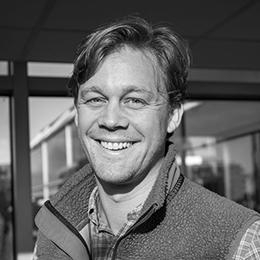RESOURCE-PRODUCTIVE, NOT RESOURCE-POOR
The Nordic social democratic model means Norwegian knows how to face regulatory burdens: it already faces blending mandates in Norway, Sweden, and France, ahead of global pace. And it’s coming up with creative ways to stay competitive, summed up as: getting more from what you’ve got.
Norwegian’s plan is to reduce CO2 emissions 45% by 2030: 14% from fleet renewal (its average plane is under a decade old) 5% from operational efficiencies (following the initiative of a polymath pilot on staff, its captains now receive detailed fuel UTE reports on their smart phone after each landing) and 16% from SAF.
It’s also integrating climate risk into corporate governance, ensuring boardroom strategy and operational tactics are aligned.
And the low-cost fares model is the enabler. Revenue and ticket pricing software that ensures every flight travels full reduces emissions per passenger per flight; data from the aircraft itself informs the SkyBreathe application Norwegian’s pilots use to plan fuel-efficient routes; flying up-to-date equipment means cleaner-burning engines and lighter airframes. All are good for a low-cost business model – but they’re also good for the environment.


